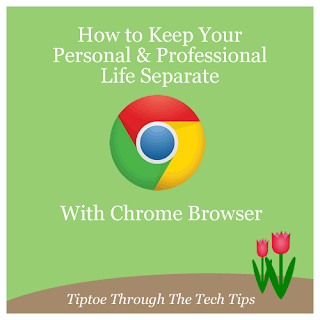I love to see teachers using Google Apps for Education with their students. The question I hear the most is: What do I do when my students delete content and the undo button doesn't bring it back?
My answer: Use the Time Machine!
Google Apps have a fantastic feature that I call The Time Machine. It's really called Revision History, and the more I use Google Apps with students, the more I appreciate it. If you select File and then See revision history, or simply click the phrase All changes saved in Drive at the top, you are taken to the Revision History. It allows you to see all changes and revisit a document, slideshow, or spreadsheet at a time in the past when it had different content. If you click Restore this revision you will literally take it back in time to the content it used to have.
That is super useful, but what about the student that accidentally deletes something without realizing it, then continues to work? If you restore a past draft, you will lose all the work they have done since. I've seen this a lot with elementary students working on slideshows because it's really easy to inadvertently delete an entire slide. Luckily with Revision History they can get that slide back! Instead of clicking Restore this revision, follow these steps:
- Click on past drafts until you find one that has the missing content.
- Copy the missing content or slide.
- Click the back arrow to get back to the present version, then paste it in. You’ve just brought the past back to the present!
So the next time you or one of your students realizes you've lost content in your Google doc, slides or sheet, just go back in time and get it back. Thank you, Google Time Machine!
The image Time machine is from thethreesisters via Creative Commons License: Attribution 2.0 Generic







